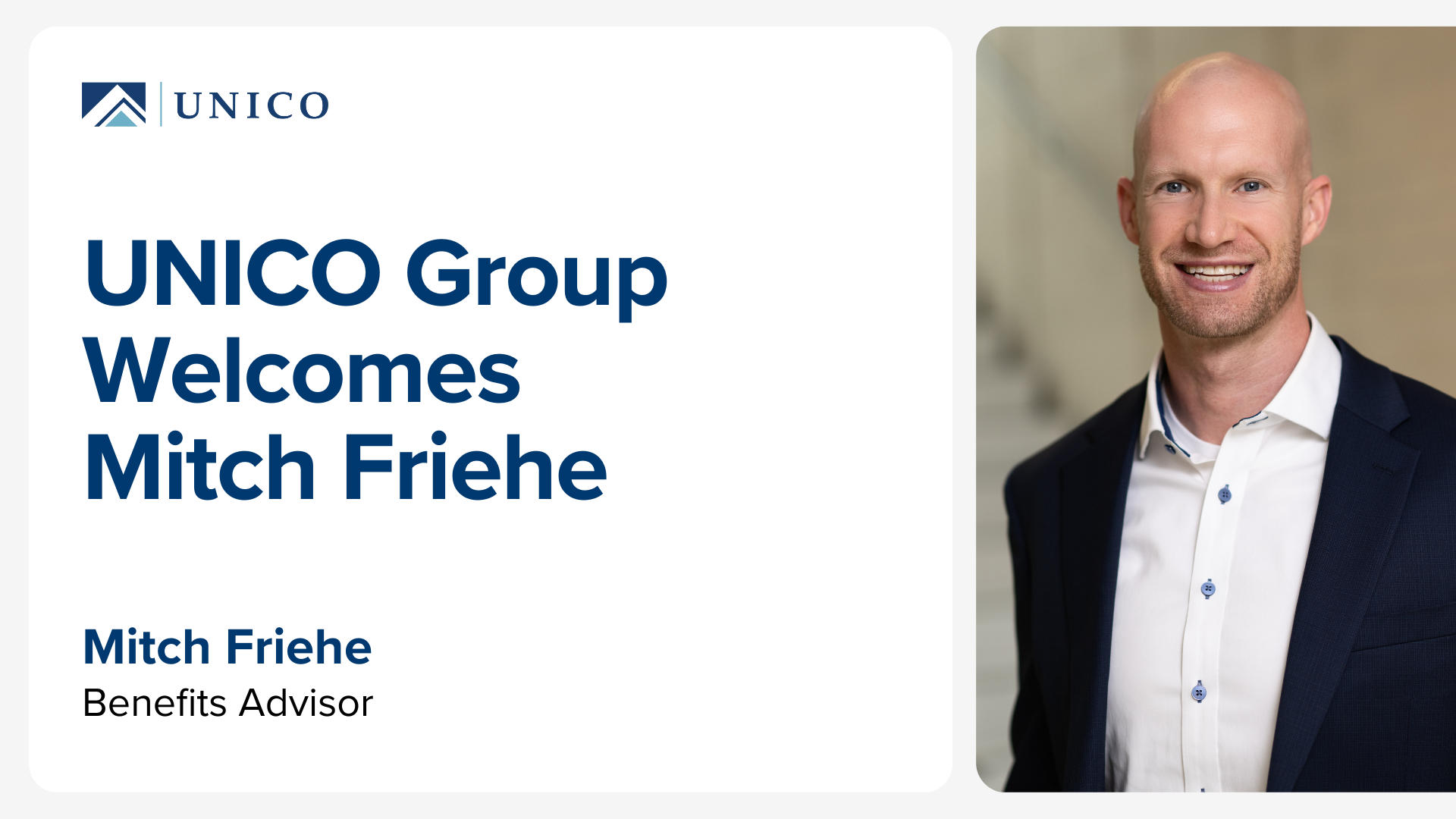Question: An employee notified his employer of a serious health condition that would require him to be out of office for some time. The employer took it as a notice of resignation and processed. A week later, the employee indicated that he wanted to go on FMLA, not resign. How should the employer proceed?
Answer: The Family and Medical Leave Act (FMLA) regulations state that once an employer has been notified or has knowledge of an employee’s serious health condition, the employer is required to inform the employee of his rights and responsibilities under the FMLA. The employee does not have to specifically ask for an FMLA leave – it is up to the employer to determine eligibility and advise the employee accordingly. Additionally, if an employee has a condition that qualifies as a disability under the American with Disabilities Act, the employer has a strict responsibility to work with the employee and his medical provider in an “interactive process” to determine any “reasonable accommodations” unless those accommodations present an undue hardship to the company. Reasonable accommodation could include a recuperative leave during and beyond FMLA, job reassignment, job modification, etc.
In your situation as described, the employee informed his supervisor of his absence due to hospitalization and the nature of the serious health condition, so the employee’s initial notification requirement was met. It would appear from that conversation and the employee’s subsequent follow up a week later that his intent was not to resign but to let the company know that he would not be at work for some period of time due to this health condition. Based on the FMLA regulations and the facts of the situation, the company would have a responsibility to provide the employee with the information about FMLA, the requirements for applying for FMLA leave including medical certifications and information regarding company-specific leave, time off, and benefits rules.
We are not labor attorneys and cannot provide you with specific legal advice but offer the following as general information. In situations similar to yours, the best practice would be to reinstate the employee, place him on the company’s leave status as of the date of the initial notification pending completion of the FMLA certification process, provide him with all of the information concerning the rights and responsibilities for taking leave including how benefits and time off are managed, and then follow the company’s process for managing the FMLA leave, including any follow up accommodation needs after the leave concludes. Additionally, companies typically provide FMLA leave training to the management team that covers the basics of FMLA so that leave issues are handled promptly and smoothly from the beginning, both from a risk mitigation as well as a positive employee relations perspective.



